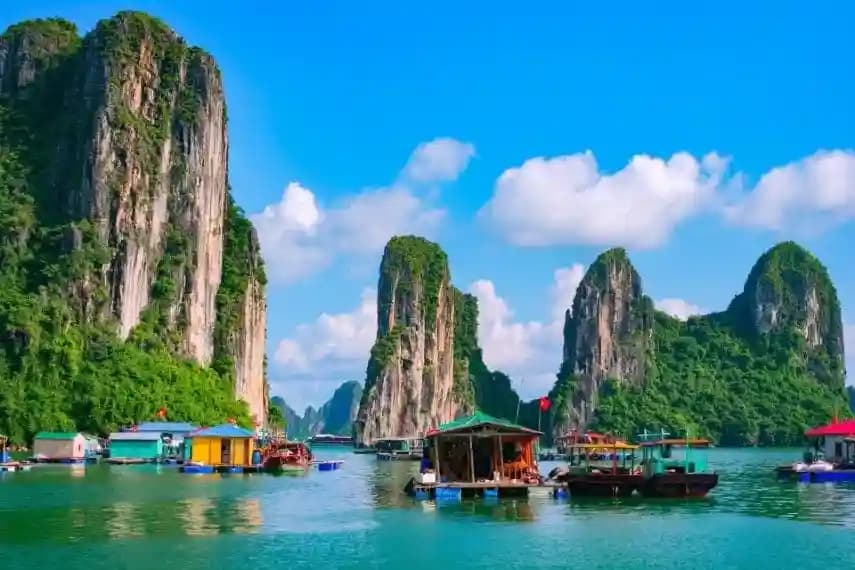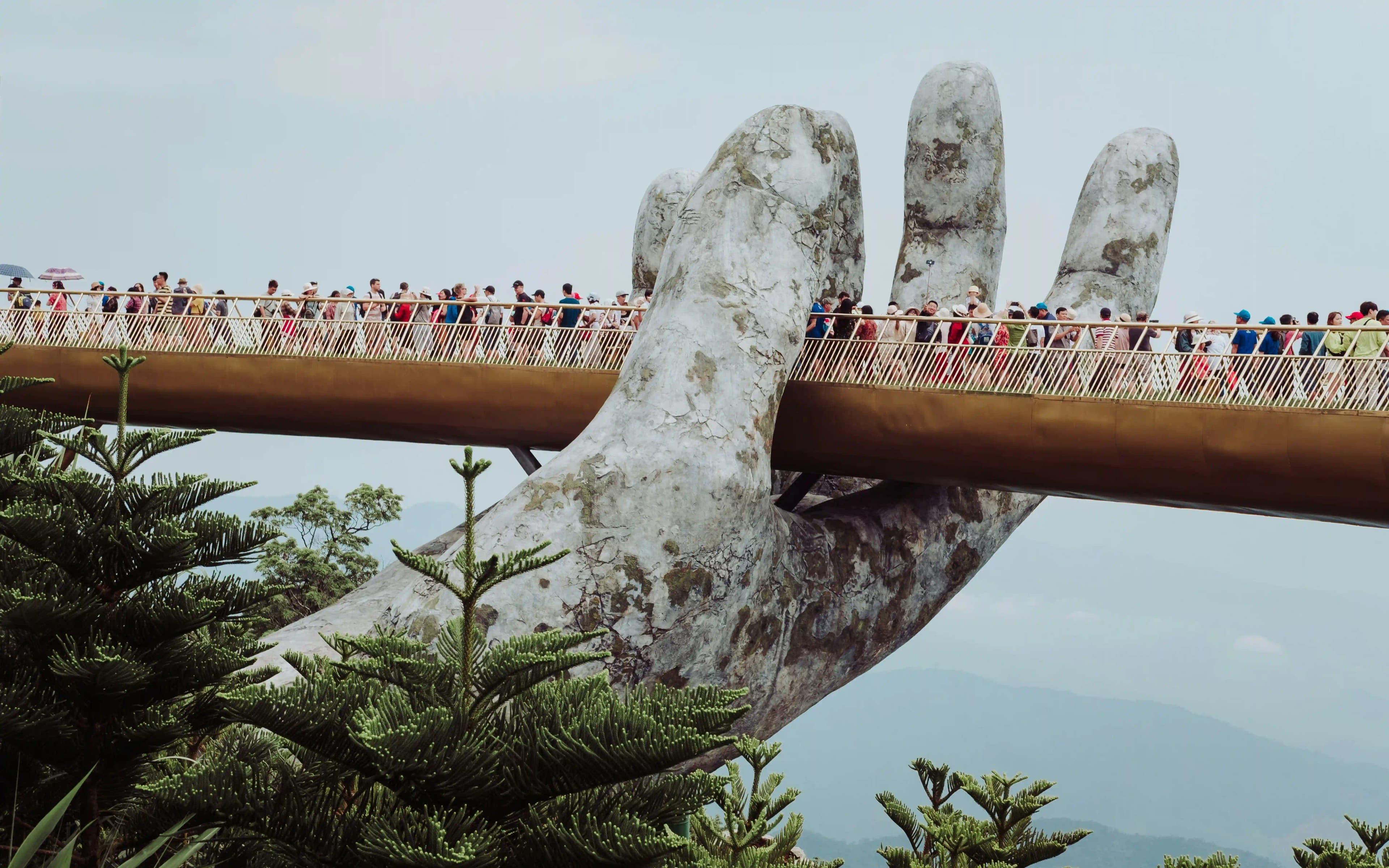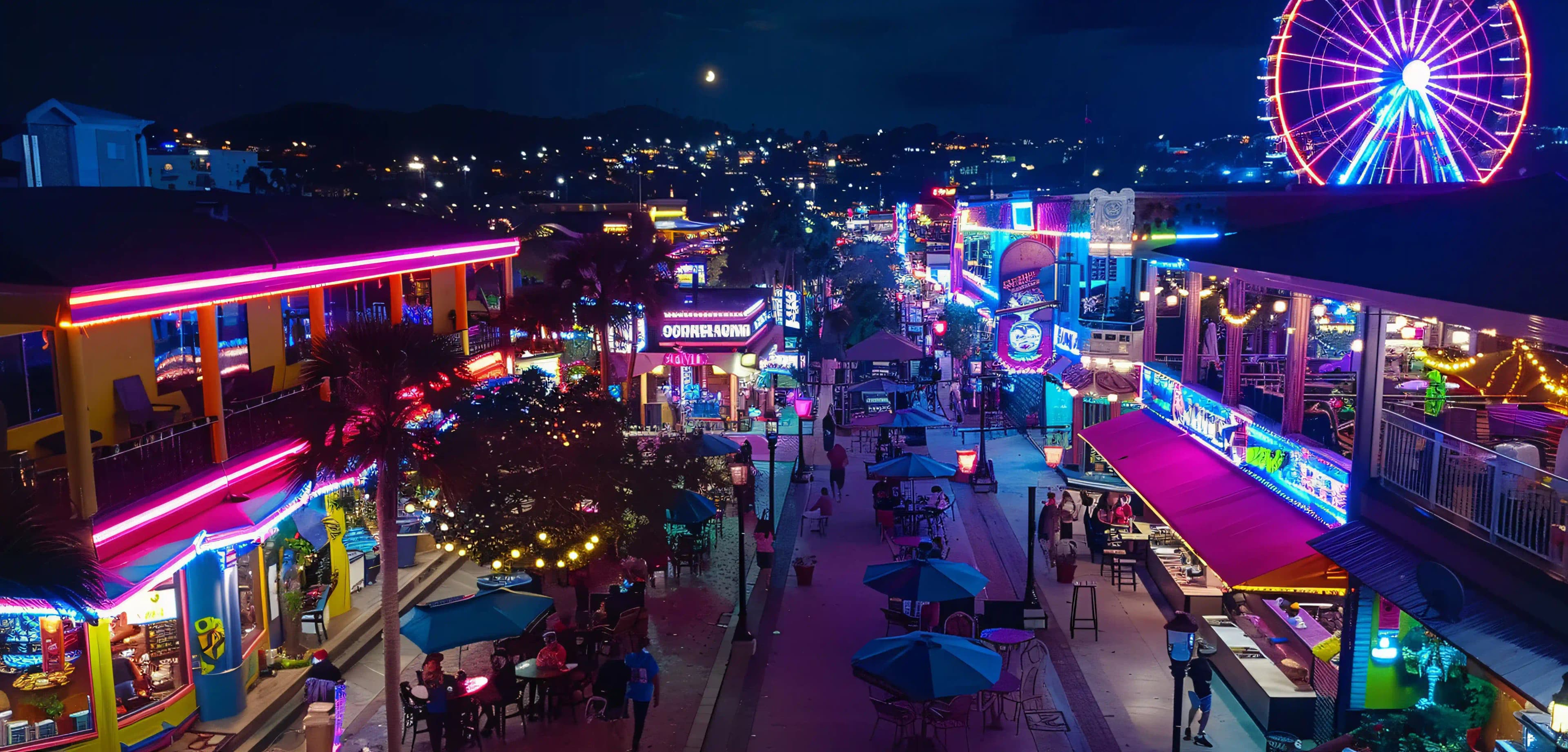With plenty of reason, Vietnam has become one of the most well-liked backpacking destinations in Asia. It has long attracted both vacationers and backpackers because of its outstanding natural scenery, mouthwatering cuisine, bustling cities, original culture, and affordable prices.
Vietnam is breathtaking, with its sights including the incredible views of Sam Mountain and Ha Long Bay, the man-made artwork of the sacred temples and pagodas, and its rice terraces and beaches. There's no denying that visiting Vietnam tour on a holiday or as part of a backpacking trip offers some of the world's greatest food, busy cities, and breathtaking scenery.
But if you want to have a more genuine experience, it's important to plan your holiday to Vietnam carefully! In actuality, Vietnam has a reputation for being a tourist trap and for having certain overly marketed attractions. Moreover, it offers some of the most remarkable and genuine experiences in Asia.
Why is Vietnam considered the finest solo travel destination in Asia?
For a number of attractive reasons, Vietnam is frequently praised as one of the greatest places in Asia to travel alone. Vietnam offers a lot to single individuals seeking an amazing experience, from its varied scenery to its rich culture and reasonable prices.
Warm Hospitality:
Solo holidaymakers are made to feel comfortable and valued by the warm and inviting attitude of Vietnamese people. Locals will frequently go above and above to assist you, which could significantly improve and lessen the sense of intimidation associated with traveling alone.
Reasonable:
Vietnam is reasonably priced when compared to many other holiday locations, which makes it the perfect choice for single individuals on a tight budget. Generally speaking, costs for lodging, meals, transport, and activities are reasonable, so you may extend your vacation budget and do more exploring on your own trip.
Safe and Simple to Navigate:
Solo tourists are thought to be able to travel safely in Vietnam. The people here are typically kind and courteous, and there has a low crime rate. Furthermore, it's simple for solo travelers to find their way around and freely explore thanks to the nation's well-developed tourism infrastructure, which includes services that cater to tourists and public transportation.
Beautiful Settings:
Vietnam's diversified landscapes provide a multitude of experiences for single travelers, whether you're strolling through the regal limestone karsts of Ha Long Bay, climbing in the verdant highlands of Sapa, or visiting the busy streets of Hanoi. The natural beauty of the nation is a photographer's dream come true and a dream for solo travelers.
Diverse Cultural Heritage:
From historic temples and pagodas to French colonial buildings, Vietnam's history is woven together by a multitude of cultural traditions. Experience this legacy on your own by going to historical locations, taking part in cultural events, and trying real Vietnamese food.
Different Experiences:
Vietnam provides a broad selection of experiences to fit any solo traveler's tastes and interests, whether you're looking for a beach escape in Da Nang, a cultural discovery in Hoi An, or a jam-packed metropolitan experience in Ho Chi Minh metropolitan.
Lively backpacking scene:
Vietnam has an active backpacking community where you can meet other tourists, sign up for group tours, and share travel advice and adventures. This is particularly true in places like Hanoi and Ho Chi Minh City. Your time traveling alone may be improved and made even more memorable by this social touch.
When's the right time to visit Vietnam for a backpacking trip?
Vietnam is best visited in the spring (March–April) and autumn (September–November), when the temperature is moderate and dry, making these seasons ideal for outdoor sports and hiking. Also, these seasons are perfect for photographers who want to capture colorful, picturesque landscapes. Vietnam is a long, thin country, so the weather may vary greatly depending on the region you visit—coastal or mountainous, north or south.
- With its intense sunshine, summer (May to August) is the warmest season. While trekking is not recommended during these months due to the heat and humidity, which can make it difficult to exercise and breathe, these months are usually ideal for lounging at the beach.
- The most severe season, winter (December to February), is marked by very cold temperatures and severe thunderstorms, particularly in the northern and mountainous areas. There will also be snow in a few locations, such as Sapa.
- Vietnam's flower season is best seen in the spring, from February to May. There will be beautiful blue skies, lovely sunlight, and a slight rise in temperature. The land is especially lovely in the spring, when spring flowers blossom and green fields give way to backpacking. However, certain locations may experience downpours.
- One of the greatest times to visit Vietnam is in the autumnal season, which lasts from September to November. The weather is nice, with progressively changing colors and cooler temperatures—yet it's still a great time for travel and outdoor activities.
How to reach vietnam?
Airways -
Flying from Bangalore to Vietnam is the most convenient method to get there from India. The approximate distance and flight duration between Vietnam and India are 31,944 kilometers (1,985 miles) and 4 hours, respectively. You will discover that traveling to Vietnam from Bangalore is the most convenient option, since there are over 300 flights every week that connect the two countries. But, there are more important locations from which you may fly, including Delhi. You can select your place of arrival from among Vietnam's three international airports based on the region that most interests you. Tan Son Nhat International Airport in Ho Chi Minh City or Noi Bai International Airport in Hanoi, to the north, are the two airports you may fly into.
The distance between the airports in Ho Chi Minh City and Da Nang and the city center is 20 and 10 minutes, respectively, with the airport in Hanoi being around 40 minutes away. Though they are smaller than other international airports, all of the airports include basic facilities such as food courts, currency exchange booths, and ATMs. One advantage of smaller airports is that it becomes easier to get about without running into trouble or missing your flight. These airports have good domestic connections inside Vietnam, allowing you to take flights to any area of the nation.
Seaways -
Ever thought what it could feel like to go in the same manner as the generations before you? A sea cruise to Vietnam backpacking trip can be ideal for you if you have the time and want to spend a few days doing nothing but unwinding. There's nothing better than lounging about on an extravagant ship with all your needs met.
There are a few possibilities from Singapore, but there aren't any direct cruises from India. Choose any cruise that departs from Singapore and sails to Ho Chi Minh City. Take your time exploring the deep sea for a few days, stopping at several ports on route to your final destination, where you may extend your holiday. Therefore, due to no direct cruise from India, this mode of transportation is not very popular among the tourists.
Transportation within Vietnam
Xe om:
The xe om is the next step up the transport pyramid (zay-ohm). As long as you don't have a lot of stuff, this motorbike taxi makes getting about the city faster and simpler. Before you start the ride, negotiate about the cost of it. Never spend more for a quick hop. How can you tell between a legitimate XE driver and a regular local? You won't need to worry; they'll figure out you before you do.
Cabs and taxis:
There are cabs in all major cities in the entire world, including Vietnam. Particularly if this is your first time to Vietnam, look for taxis with meters since they are official and safe to ride in. Naturally, most large Vietnamese cities have access to app-based taxis (car and motorcycle), such as Uber and Grab.
Public bus:
You may believe it's a bad idea to board a local bus if you know very little or nothing about the language. You would be shocked to learn how simple it is in reality. Prepare to see Vietnam like a native and ready yourself with a bus map.
Rentals:
Hiring a motorbike or two-wheeler of your own is, of course, one of the greatest methods to get throughout Vietnam. You now have the freedom to roam whenever and wherever you like. Vehicles are usually driven by someone, but if you feel comfortable, you may also operate the motorcycle on your own.
Things required while prepping for vietnam backpacking trip
- Travel Documents: Keep in mind that you must have your passport, visa, travel insurance information, and any other essential documentation. Copies of these should also be kept somewhere else.
- Money & Payment Options: Bring both cards and Vietnamese dong, or cash. Tell your bank about your upcoming vacation schedule to prevent any problems using your credit cards overseas.
- Pack lightweight: breathable clothing that is appropriate for Vietnam's tropical environment. Bring an umbrella or raincoat in case of sudden downpours. You must wear comfortable shoes, especially if you intend to walk or trek a lot.
- Disinfectant, toothpaste, insect repellent, sunscreen, toothbrush, and any prescription drugs you may require should all be packed. A basic first-aid kit with bandages, antiseptic wipes, and painkillers should also be included.
- Electronics: Remember to include your phone and charger, a camera or GoPro to capture scenes in time, as well as any more devices you might require. While traveling, a power bank might come in helpful for charging.
- Travel Gear: Reusable shopping bags, a water bottle, a sturdy backpack, and a travel towel may all be quite helpful. If you are planning on staying in hostels or low-cost lodging, you might want to bring a lightweight sleeping bag or sheet.
- Maps and Guides: Although digital maps are reliable, physical maps and guidebooks may be useful, particularly in places with weak internet service.
- Water & Snacks: Bring some snacks, such as dried fruits, almonds, or energy bars, for on-the-go nibbling, especially on lengthy trips. Carry a reusable water container and sip packaged or filtered water to stay hydrated.
- Be mindful of local traditions: by learning about them before you travel. When visiting temples or remote locations, wear modest clothing and show consideration for the customs and beliefs of the locals.
- Emergency Contacts: Make a list of people to call in case of emergency, including your local authorities, your consulate or embassy, and the contact details for your lodging.
Conclusion
Going on a backpacking trip in Vietnam is an experience of a lifetime that involves visitors in a weaving of colorful culture, stunning scenery, and life-changing interactions. Vietnam draws in with its diversity and attractiveness, from the busy streets of Hanoi to the tranquil beauty of Ha Long Bay, and from the ancient charm of Hoi An to the verdant surroundings of Sapa.
Every minute in Vietnam is a chance for exploration and adventure, whether you want to hike through rice terraces, explore historic temples, or just take in the vibe of a busy market. When in Vietnam you go all in for the adventures that come your way. Just ,make sure to accept the challenge and enjoy your heart out.

























